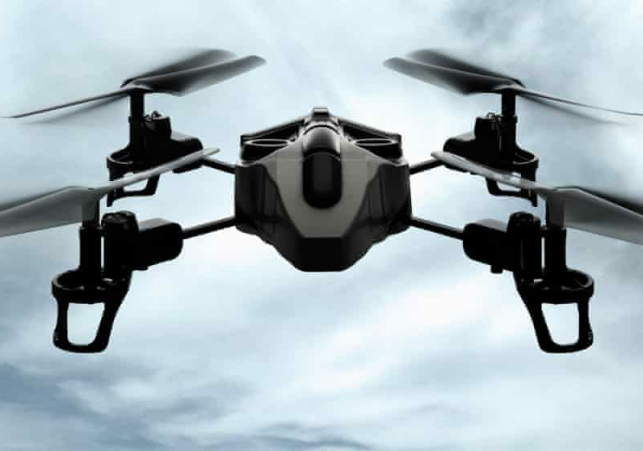

Reveals more details regarding the closing minutes and aftermath of a botched US drone strike in Kabul, Afghanistan last year, demonstrating how the military made a life-or-death decision based on hazy, difficult-to-interpret images that were subject to confirmation bias in real-time.
About 2 ½ minutes before the explosion, footage from one of the drones shows what appears to be a hazy shorter figure in white next to a taller figure in black inside the courtyard as the car is backing in. Shuddering on the other drone’s camera around 21 seconds before the explosion shows it may have launched a missile at that time.
As Ahmadi’s vehicle backed into the complex, the camera shows other persons of unknown height wandering around the courtyard for several minutes, including one person unlocking the car’s passenger door just before the bomb.
In response to a description, Hina Shamsi, an attorney with the American Civil Liberties Union who is representing the victims’ families as well as Nutrition & Education International, which employed Zemari Ahmadi, said the tape revealed “a sad, devastating loss of ten profoundly cherished persons.”
The Pentagon’s apology was echoed by US Central Command spokeswoman Capt. Bill Urban.
In addition, the Biden administration has been working on a new policy for drone warfare outside of traditional battlegrounds. That procedure was supposed to take only a few months, but it has yet to be completed after a year of draughts, deliberations, and high-level meetings.
According to Shamsi, the US government has promised to resettle the victims’ families — as well as employees of the aid organization — and give specific condolence payments, but they have received no compensation and are instead focused on fleeing Afghanistan.
“We aren’t even talking about compensation,” she explained, “since our clients’ safety comes first.”